Best plants that repel insects: keep bugs at bay with these plants
Avoid being bitten or pestered by bugs by choosing the best plants that repel insects for your garden


Choosing the best plants that repel insects can be a smart way to plant. Although many bugs are welcome in our gardens because they contribute to a healthy eco-system, others can cause annoyance and have an impact on our enjoyment of our outside space.
Whether it is an army of mosquitoes crashing an outdoor party and biting the guests, or aphids munching on prized fruit and veg, it is fair to say that some six-legged visitors are decidedly unwelcome.
While pesticides and sprays might be effective in killing them, spraying these chemicals around risks wiping out beneficial bugs and precious pollinators as well as the unwanted ones, and this will have an adverse effect on the fragile eco system in the garden. In short, just as with how to get rid of ants and other pests, natural is always better when it comes to gardening.
The best plants that repel insects work in a number of different ways, but usually the foliage contains compounds with a strong aroma which is unpleasant to bugs. As a rule, any lemony-scented plants are abhorrent for insects, and this includes lemongrass, lemon balm, lemon verbena, citrus trees and lemon thyme.
Some plants can be grown as a living screen, such as lavender, while others will benefit from being picked, crushed or dried to glean the strongest repellent properties.
Best plants that repel insects: top choices for your planting list
By adding these best plants that repel insects to your flowerbed ideas, borders and pots, you'll be creating an effective and natural way to repel insects, while still enjoying a garden full of color, scent and texture.
1. Lavender

If you're learning how to grow lavender, you'll be pleased to know that it contains up to 25 per cent of a non-toxic compound called linalool, as well as limonene, which makes it an effective insect deterrent.
'The best varieties for repelling insects and clothes moths are those high in camphor content. Any cultivar of the sterile hybrid Lavandula x intermedia is ideal,' says author Tanya Anderson in her book A Woman’s Garden (Cool Springs Press), available at Amazon.
For repelling moths, lavender can be dried, by hanging in a cool, dry place for a few weeks, placed in a sachet and added to a cupboard or wardrobe. Include some tansy for an even more effective combination.
Lavender is easy to grow, as it is drought-tolerant, and it will thrive in containers or borders. Plant in full sun and well-drained soil, and then prune after flowering, and again at the end of February. For best results with how to prune lavender, avoid cutting back into the woody stem, or the plant will not re-grow.
2. Southern wormwood

To us, it has a pleasantly aromatic citrus smell, but if you’re an insect, it’s a different story. Artemisia abrotanum or Lad’s Love as it’s also known, has feathery, fern-like leaves which have been used over the centuries as a fly deterrent.
The foliage can simply be dried and hung up in bunches to see off unwanted insects. It grows best in full sun or part shade, and it will top 1m in height.
You can also make a spray from the leaves to deter a wide range of insects, including aphids, fleas and flies. Simply boil a couple of handfuls of chopped leaves in water, then leave it to cool before straining it and adding to a spray bottle.
3. Sweet woodruff
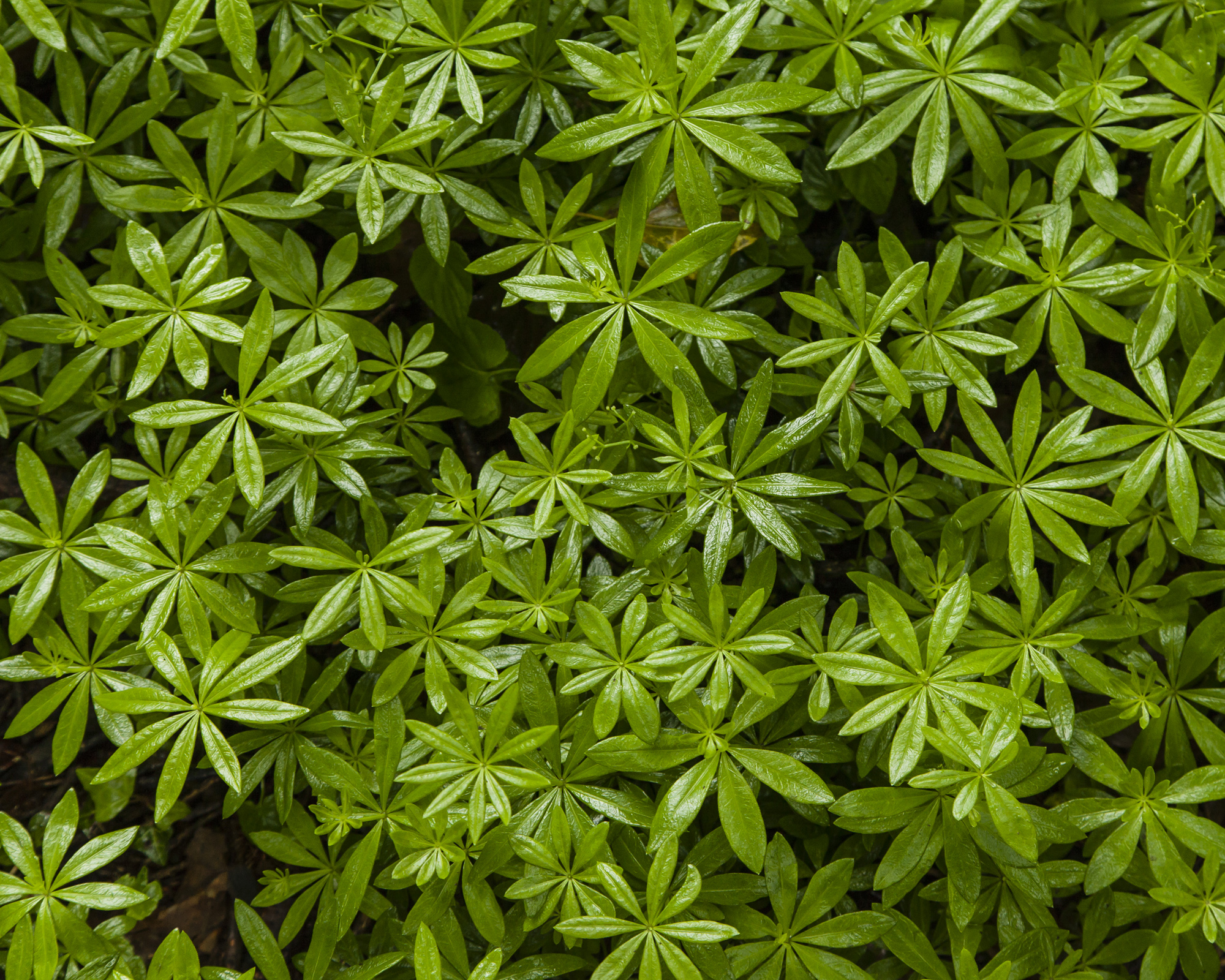
A plant which forms a mat of attractive foliage, this hardy perennial is perfect for planting if you have an infestation of ants in the garden. It is shade-loving, and it has been used since Medieval times when the dried leaves were strewn over floors to refresh them with the sweet smell of new mown hay.
So what exactly makes it one of the best plants that repel insects? It has pretty white flowers in spring, but it’s the leaves which are the useful part. The dried foliage can be sewn into bags and used as a moth deterrent. Water well until it is established, and it should spread.
Want more stunning foliage in your garden? Our guide to the best foliage plants has plenty of suggestions for your planting list.
4. Tansy
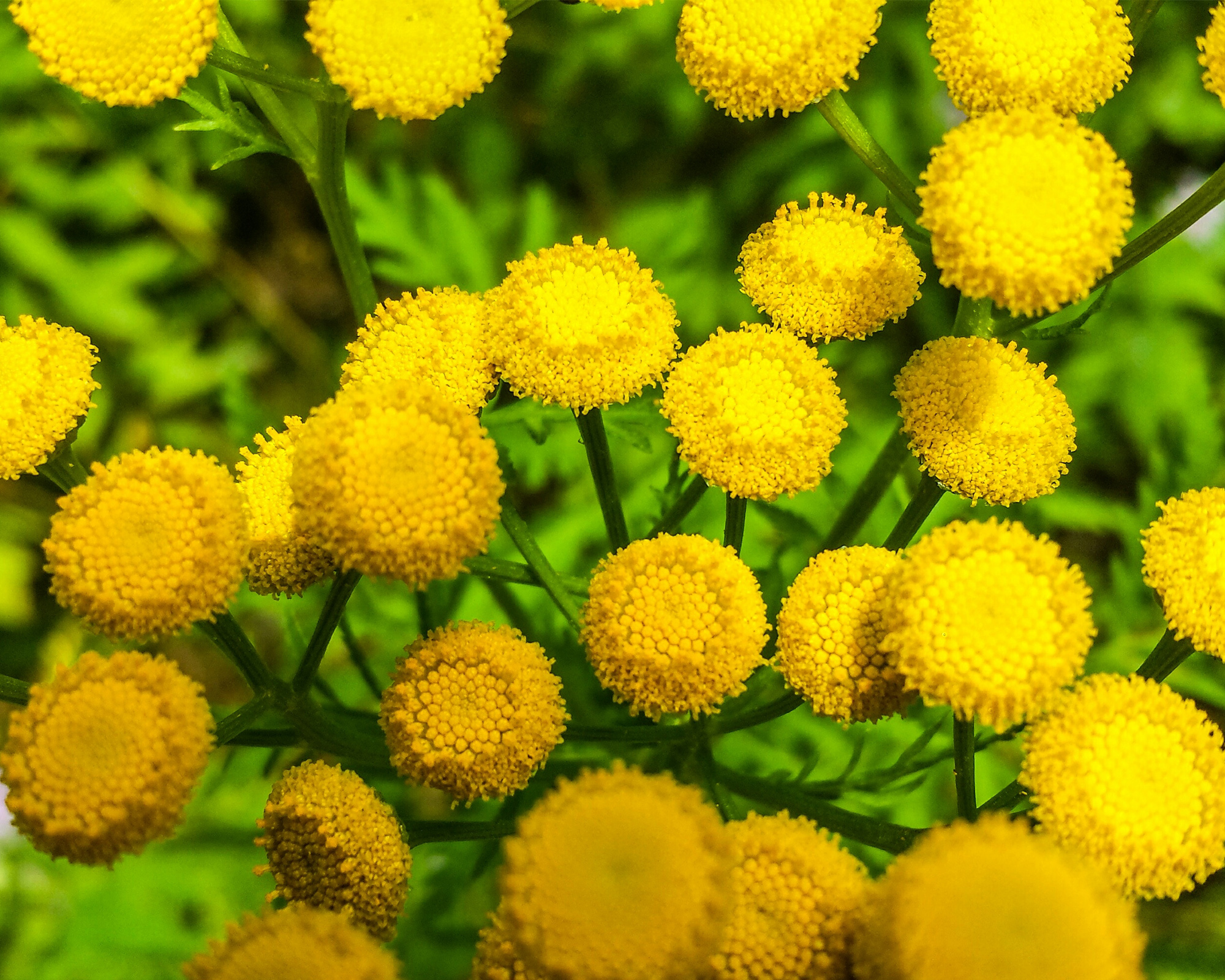
It is the dark green leaves of this plant which contain an insecticide. It smells like a cross between rosemary and moth balls. If you are plagued by flies, growing some of this near your patio ideas should help to put them off. 'Fresh and dried leaves can be used to deter insects,' says Tanya Anderson.
A hardy perennial, tansy grows as tall as 1.2 m in moist, well-drained soil, and it has small, button-shaped yellow flowers. It will self-seed and spread once it is established. Hang dried bunches in the closet to deter clothes moths, or use some fresh bunches in the kitchen to keep flies away.
5. Petunia

As one of the easiest to grow plants that repels insects, petunias are a great choice to add to your planting list. The slightly sticky feel of these cheery bedding plants is the key to their effectiveness as an insect repellent. It is thought that bugs are trapped by the tacky stamens, and eventually the pests die.
It's so easy to learn how to grow petunias too. Buy them as bedding plants and pop them in your pots and planters. Trailing ones are perfect for hanging basket ideas and a good cascade of flowers means less insects buzzing around to trouble you. Feed them, water and deadhead regularly to ensure that the flowers keep on coming.
6. Marigold

Both French and African marigolds some of the best plants that repel insects. They are a crucial weapon in the war against nasty bugs as they contain chemical compounds called thiopenes in their seeds and roots which repel white flies and other insect pests. They also work really well for how to get rid of aphids too.
African marigolds are the taller of the two varieties, with pretty pom-pom shaped flowers, but all types of marigolds are attractive and it's very easy to learn how to grow marigolds from seed.
Marigold seeds can be sprinkled in the soil at the end of May, or they may be started off inside on a window ledge. Sow the seeds about six weeks before the last frosts. They are suitable for containers, which can then be placed around your outdoor seating ideas to ward off biting bugs, or why not try planting a row around your kitchen garden ideas as a living insect barrier?
7. Lemongrass
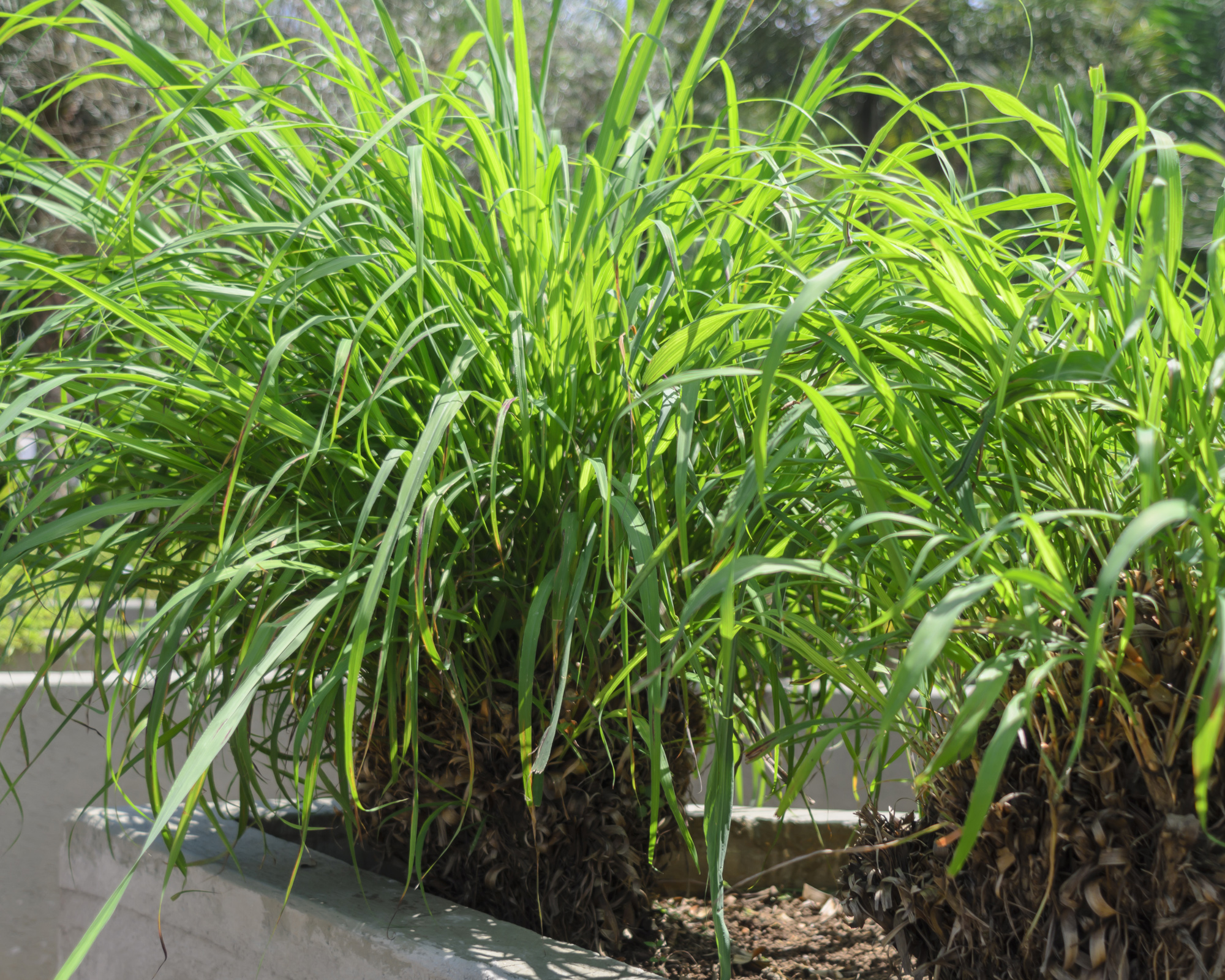
Containing citronella, an essential oil which is the main ingredient in insect-repellent candles, lotions and sprays, lemongrass will help to see off biting insects. It means it's also one of the best mosquito repellent plants you could add to your garden.
Lemongrass is suited to container gardening ideas, but may be best for growing in warmer regions, as night time temperature should not fall below 46˚F (8˚C). Those in hotter climes can plant the swishy grass alongside paths or close to seating areas to create a living screen that is also efficient at deterring bugs.
Lemongrass can also be used to make an insect repellent spray as a solution for how to get rid of wasps. Combine essential oils of clove, lemongrass, and geranium with water to create a spray that can help deter wasps from specific areas.
8. Garlic
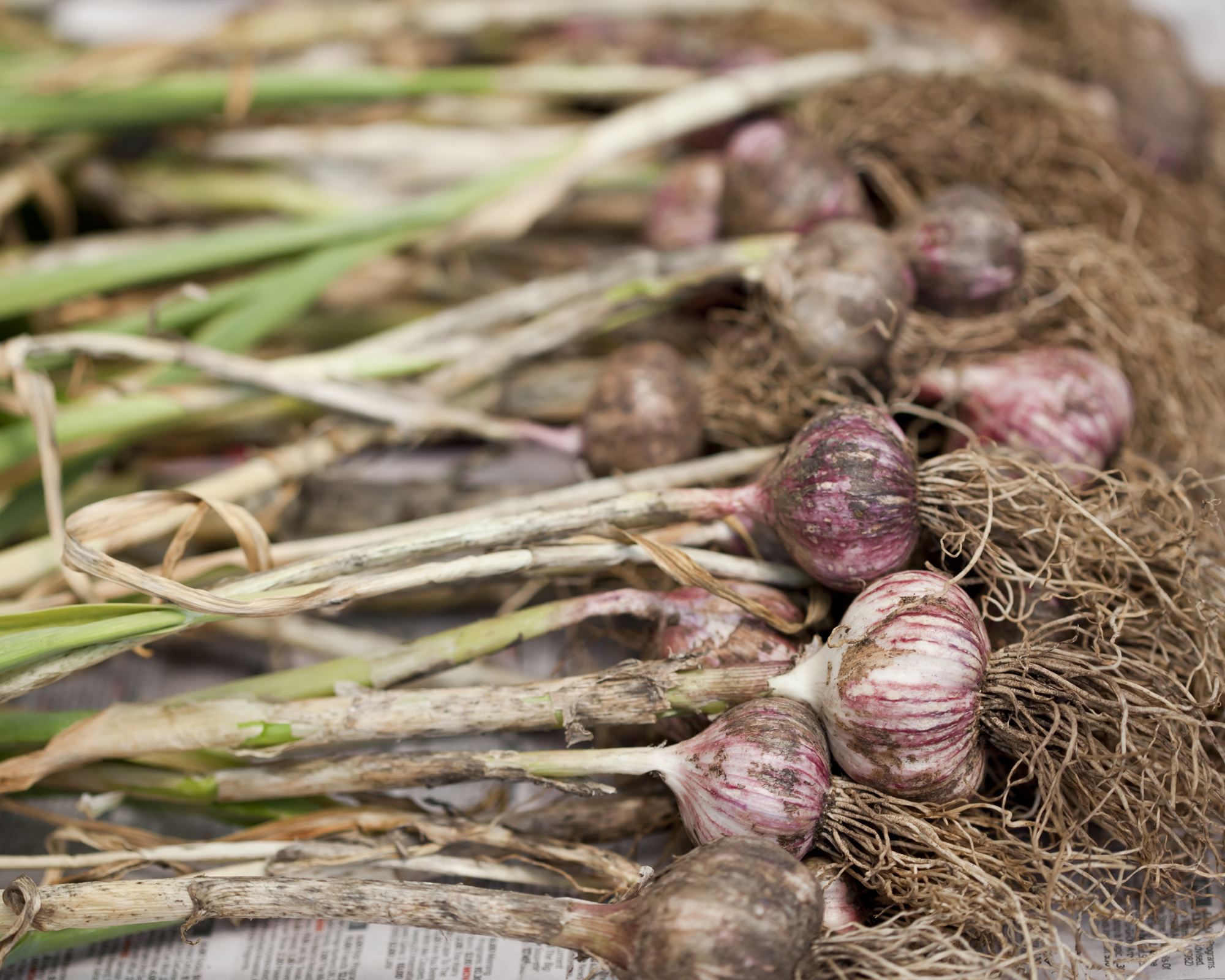
It’s not just vampires and werewolves who recoil from garlic, it’s an effective anti-insect weapon when it is made into a spray to keep bugs and aphids away from precious plants. For that reason alone, it's worth learning how to grow garlic so you can keep on top of garden pests.
To make a garlic infused insect repellant spray, try this method:
- Simmer six sliced cloves of garlic with four pints of water.
- Strain and cool.
- Add a tablespoon of Castile soap.
- Pour into a spritzer and mist at-risk plants in the morning or evening.
9. Cilantro/coriander
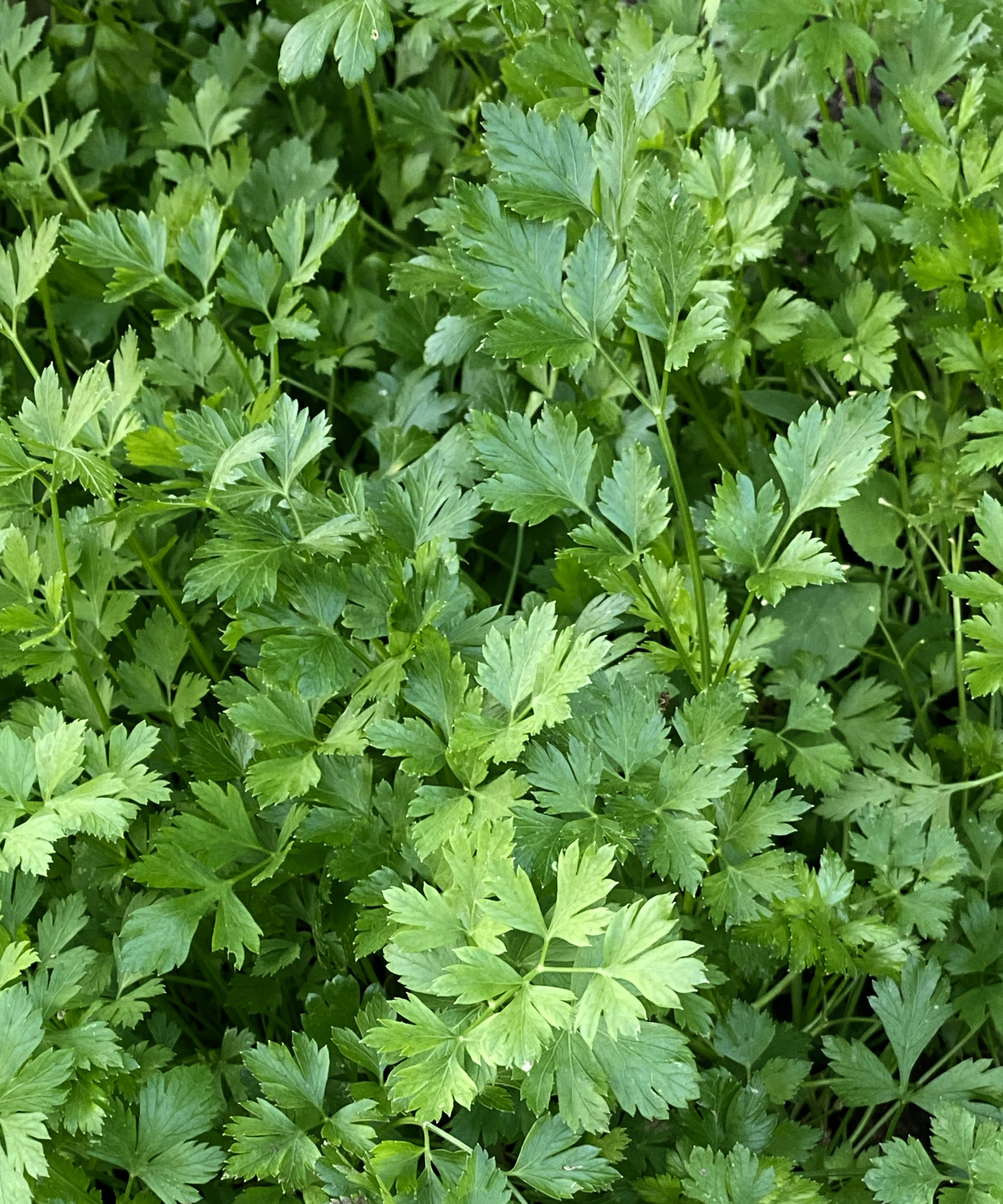
Love or hate the flavor of this culinary herb, it’s a real trooper in the war against insects. It contains limonene, which gives it that distinctive citrus taste, and the smell which sends bugs packing.
It can easily grown from seed, but it does bolt quickly, so sow every couple of weeks to ensure a healthy, consistent supply.
For best results with how to grow cilantro as an insect repellent, grow it as part of your patio gardening ideas in a pot for the full benefits. As well as helping to keep flies away from the BBQ area, it’s handy to snip a few leaves into salads, marinades and salsas too.
Are there any other ways I can keep insects out of my garden?
As well as including plants that repel insects in your garden, there are some other measures which can be taken to help keep bugs at bay.
- Flies are attracted to rubbish and bad smells, so keep on top of garden hygiene. Sometimes, it is good to leave messy heaps of leaves and compost around, as they create essential habitats for your wildlife garden ideas, but remove anything which is giving off a particularly unpleasant whiff.
- Birds eat aphids and flies, so keep your best bird feeders well stocked to attract these natural predators.
- Standing or stagnant water is a breeding ground for mosquitoes. Cover water butts and drain any pools which form after heavy rain. If you have included garden pond ideas in your outside space, add some goldfish as they will eat mosquito larvae.

An experienced freelance journalist, editor and columnist writing for national magazines and websites, Fiona now specialises in gardens. She enjoys finding and writing about all kinds, from the tiniest town plots to impressively designed ones in grand country houses.
